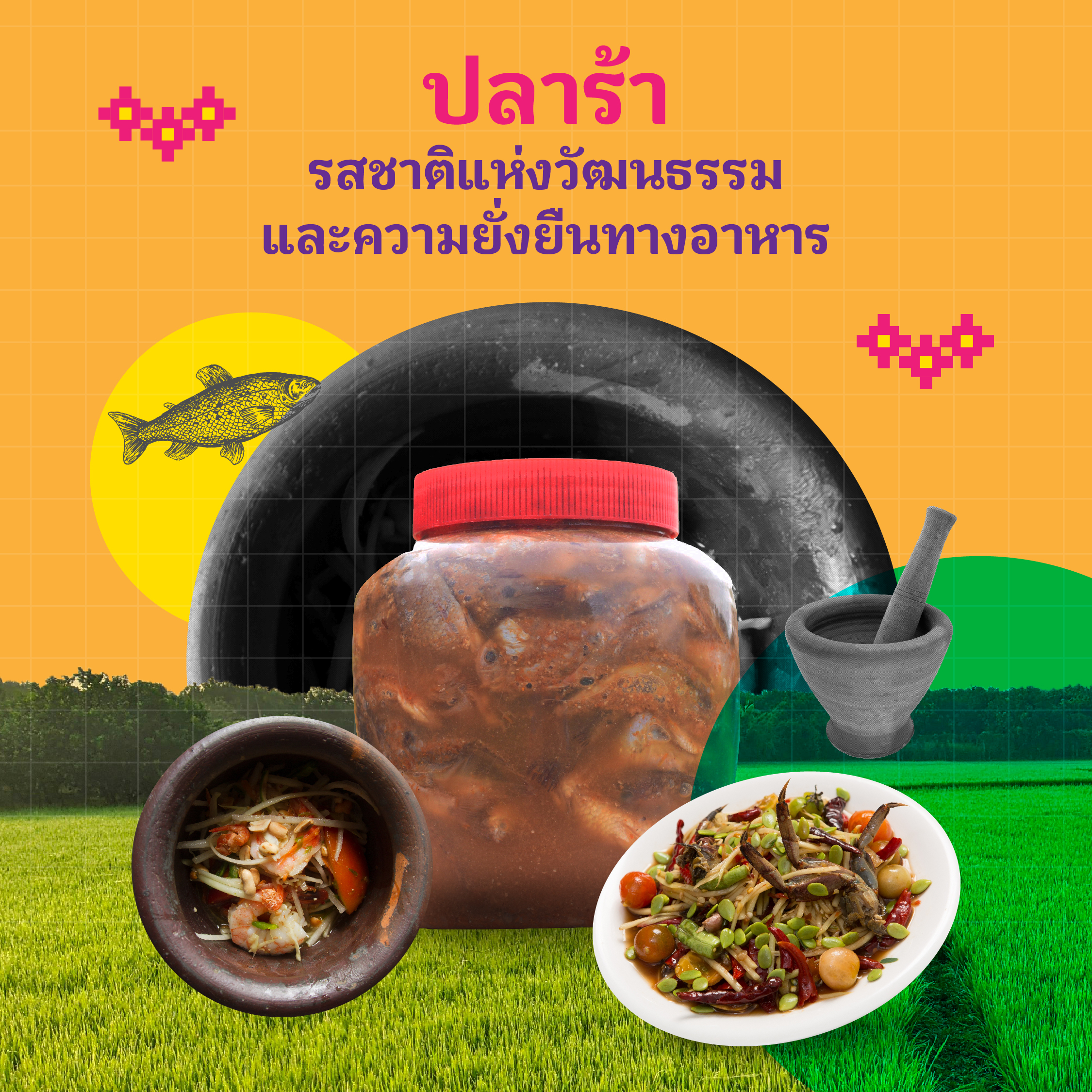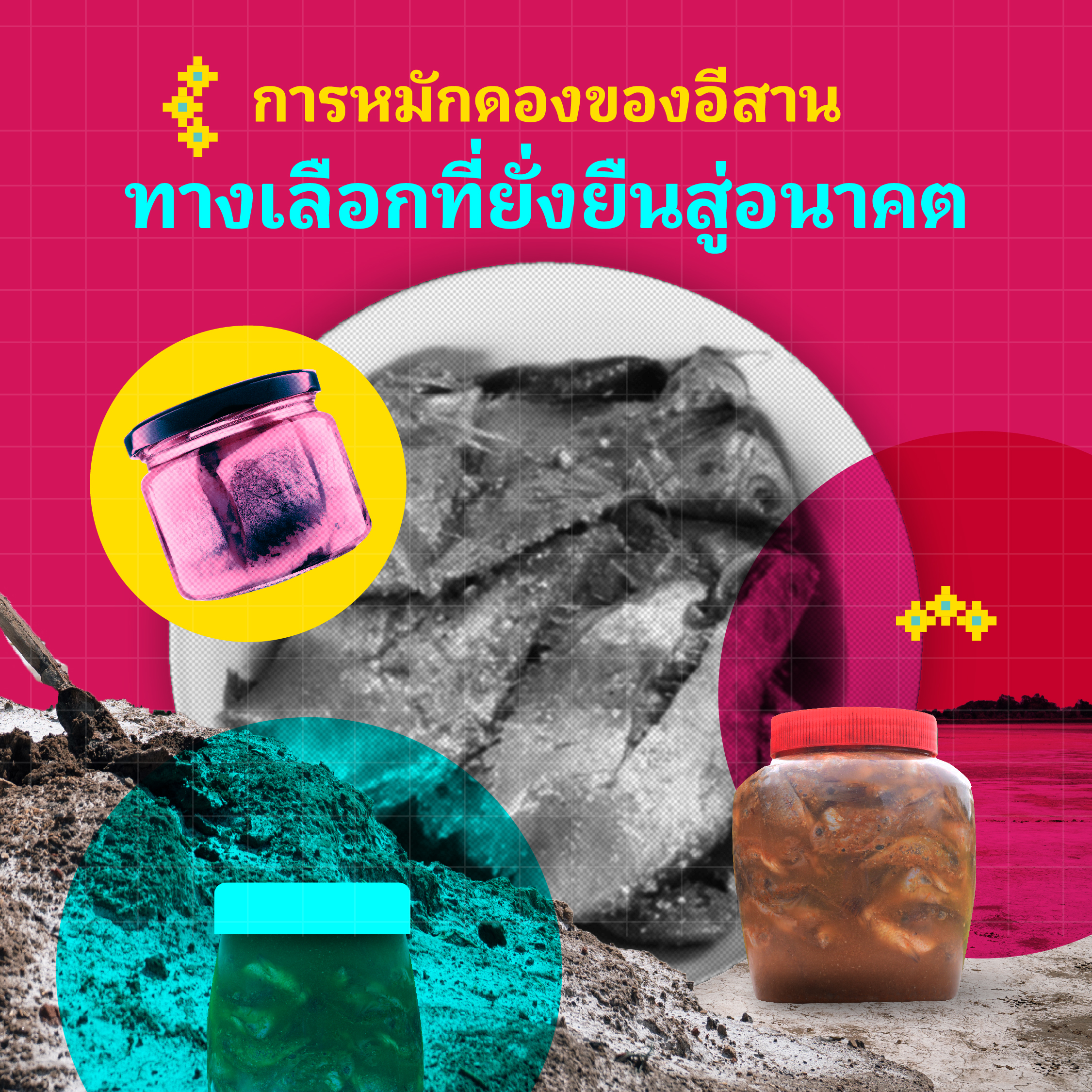Plara is a traditional food deeply rooted in Thai culture, particularly in the Isan region. The process of fermenting fish with salt and roasted rice to create plara is a local wisdom that reflects the adaptation of communities to limited environmental resources. Plara is not only a crucial seasoning in many Thai dishes, such as som tam (papaya salad), chili dips, curries, and fermented sauces, but it also serves as an important, easily accessible source of protein within local communities.
In terms of food sustainability, plara exemplifies resource-efficient food production. The fermentation process extends the shelf life of fish, reducing food waste—an issue that the world faces today. Moreover, plara is produced using locally available ingredients, such as fish, salt, and roasted rice, promoting self-reliance and reducing the need for imported resources.
Additionally, plara contributes to food diversity, an essential factor in achieving global food sustainability. Promoting plara consumption supports Thai culinary traditions while aligning with the broader sustainable food movement, which emphasizes the efficient use of resources, reducing waste, and promoting fairness in the supply chain.
Plara serves as a powerful example of how Thailand’s food culture has developed sustainably. It could be seen as a model for developing other food systems globally, with a focus on environmental preservation, biodiversity, and community participation in both food production and consumption.
References:
- Thai Health Promotion Foundation (THPF). (2018). Plara: Sustainable Food. Retrieved from https://www.thaihealth.or.th
- Biodiversity-Based Economy Development Office (BEDO). (2020). Local Wisdom: Plara. Retrieved from https://www.bedo.or.th
- Food and Agriculture Organization of the United Nations (FAO). (2021). Plara Production and Food Sustainability. Retrieved from https://www.fao.org





